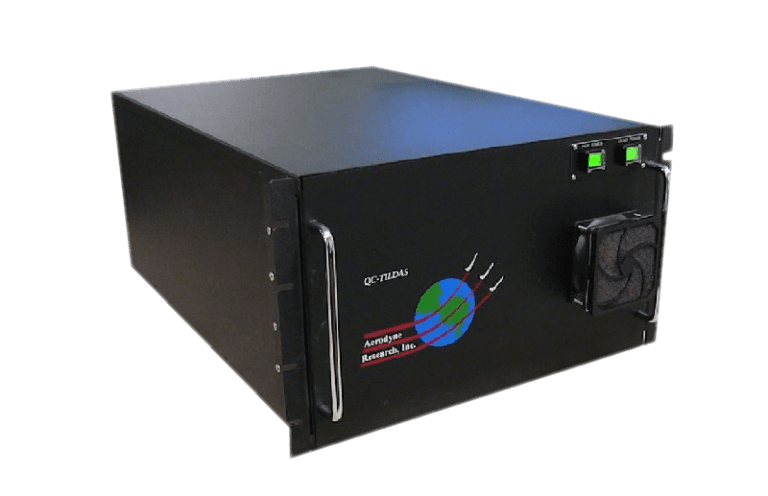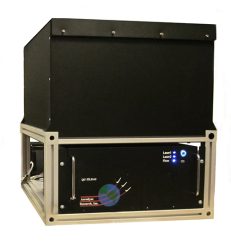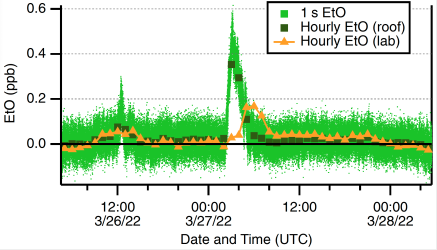Ethylene Oxide News
Updated Regulations
On March 14th, the EPA passed updated regulations under the Clean Air Act for Ethylene Oxide Commercial Sterilizers. These facilities, which sterilize medical devices, are the leading source of EtO emissions into the air. Ethylene oxide has been identified as a cancer-causing air pollutant, affecting the long-term health of populations (often underprivileged communities) surrounding the facilities. The new regulations aim to reduce emissions by 90% + and require continuous emissions monitoring and quarterly reporting.
While sterilization facilities (currently 88 in the US) are vital for medical device safety, there are available effective technologies that capture and control emissions to mitigate the environmental impact. The new EPA rules address three major areas:
- Capturing and cleaning room air emissions (EtO that is not drawn into stack controls and then leaks via windows, doors, etc)
- Strengthening current stack emission standards
- Expanding continuous monitoring and reporting requirements
New regulations are one step in global efforts to address the impacts of EtO on our world.
To read the details of the EPA’s final rule, please visit
The fact sheet gives a succinct, but detailed overview of the ruling.
Global Efforts Needed
A recent article published in The Narwal tells the story of one commercial sterilization site in Canada. The surrounding community was mostly unaware of the dangers from EtO emissions, as the gas is both colorless and its odor is only detected at very high concentrations. The facility was situated in an industrial neighborhood which was also home to a mall, other small businesses, restaurants, a church and housing. The area included a vast immigrant population due to the availability of jobs. Although the Canadian regulatory agencies are aware of the risks of EtO and are doing more to regulate emissions, these scenarios continue around the globe. The article cites research conducted in collaboration with Aerodyne Research scientists around this particular (now closed – moved) facility. Aerodyne’s Ethylene Oxide Ambient Monitor was used in Environment and Climate Change Canada’s mobile laboratory to map concentrations around this site and in the surrounding region.
To read The Narwal investigation
Aerodyne Research Efforts
Aerodyne scientists continue to study ethylene oxide emissions. The company has developed two EtO monitors that can be used to research, monitor, and thereby mitigate the negative effects of ethylene oxide in the air we breathe.

Ethylene Oxide Fenceline Monitor
The TILDAS-CS is designed to address fenceline monitoring.

Ethylene Oxide Ambient Monitor
Our TILDAS-FD EtO (400m cell) instrument is THE best on the market for ambient monitoring.
Our Ambient Monitor at Work
In this figure, we show ambient ethylene oxide measurements done on the rooftop of our office building (green) along with indoor measurements in the laboratory (orange).

An ethylene oxide enhancement, suspected to be from an industrial sterilizer is seen to mix in to the building with a 30 minute delay. Read the published article HERE.

